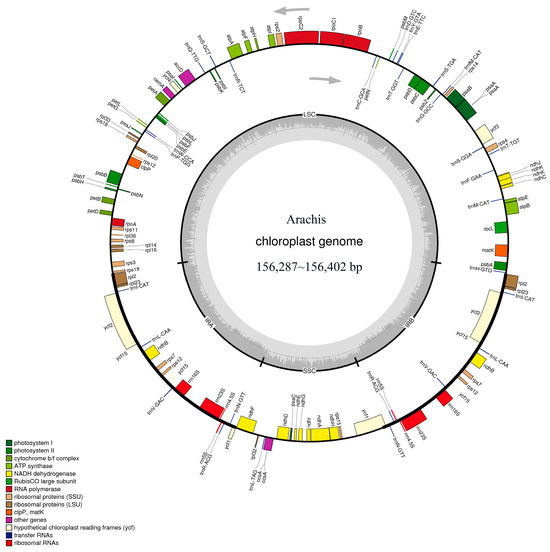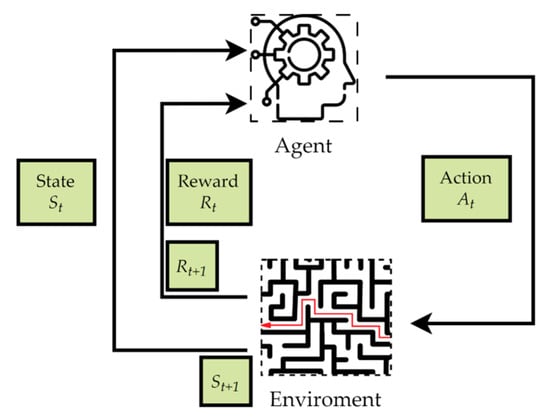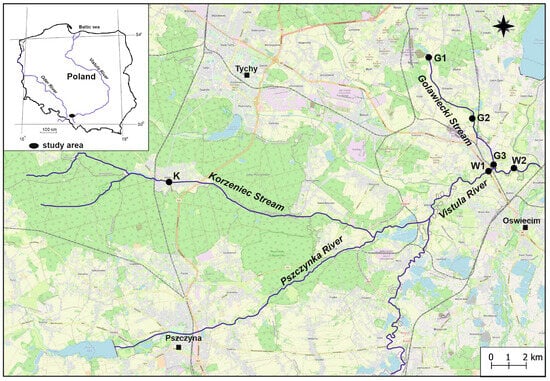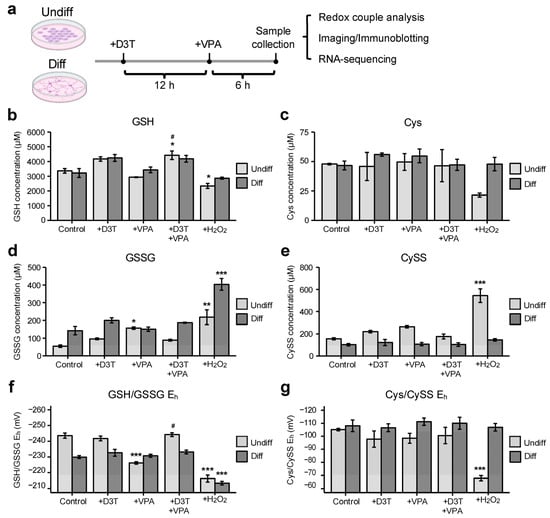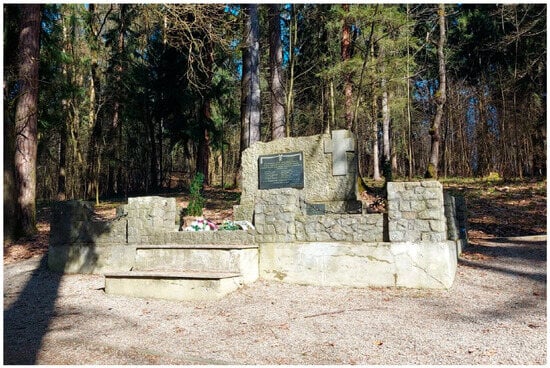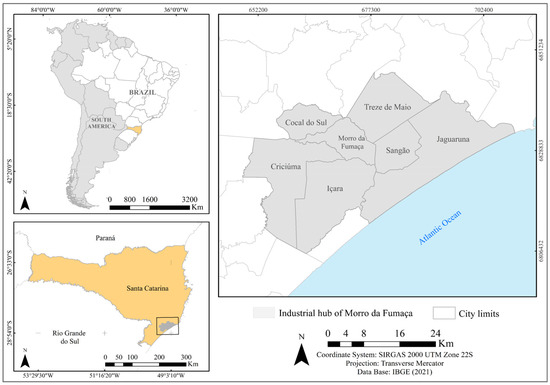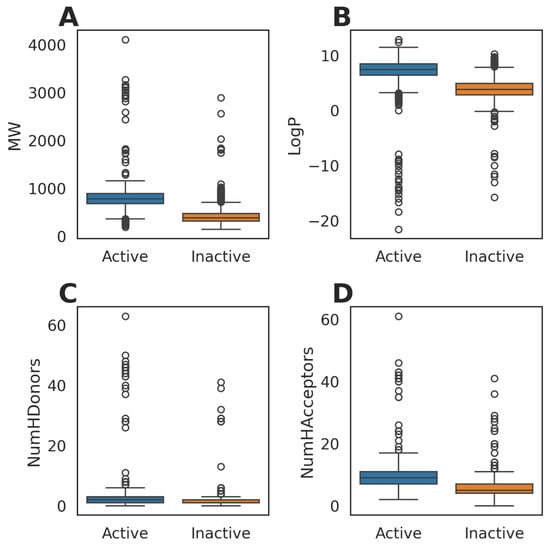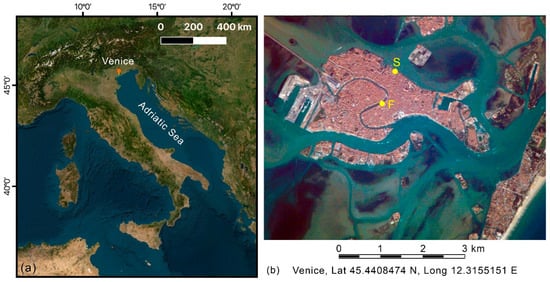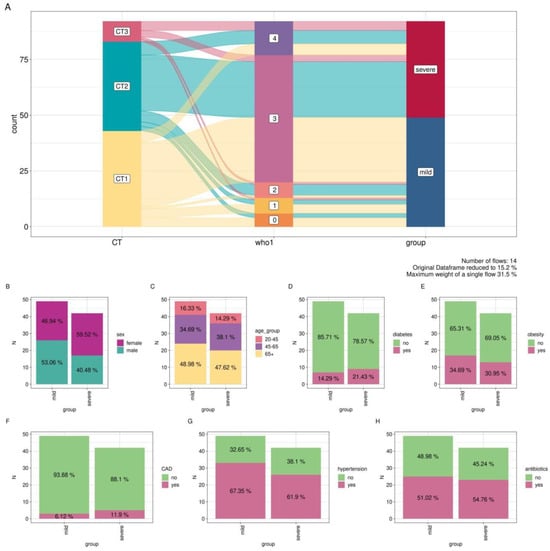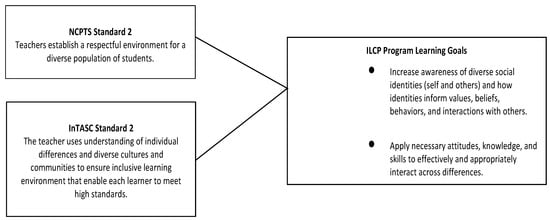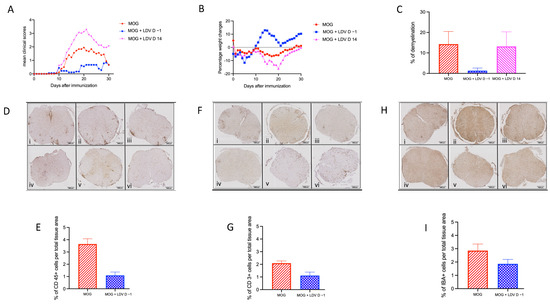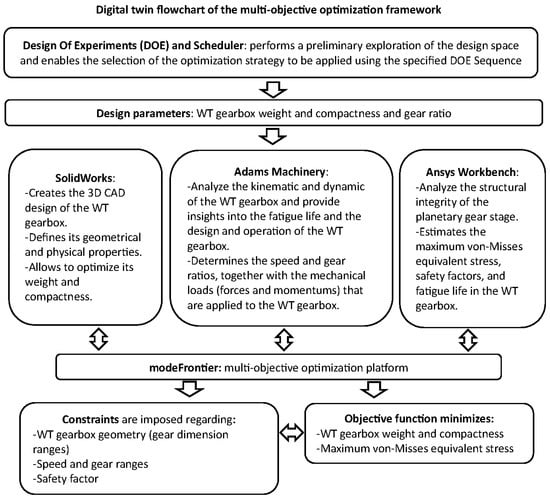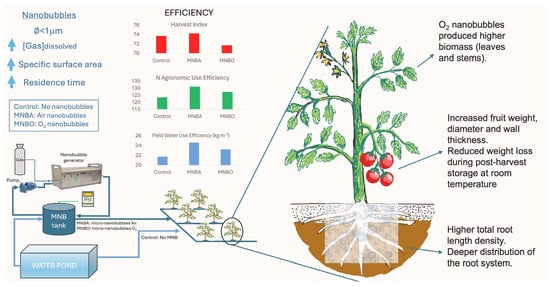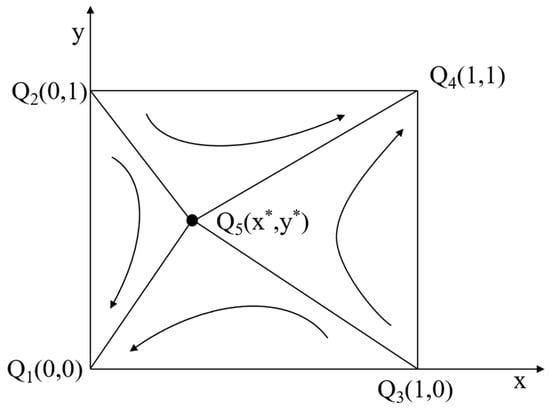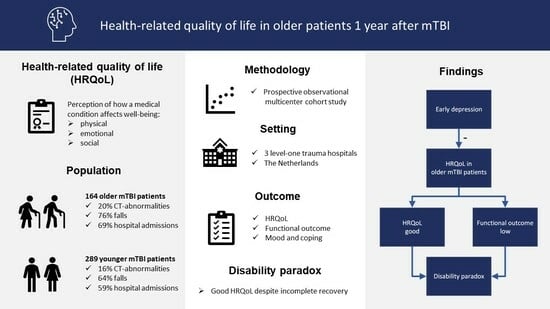In this study, a novel magnetic molecularly imprinted polymeric material (Fe
3O
4@MOF@MIP-160) with a metal-organic backbone (Fe
3O
4@MOF) carrier was prepared using dibutyl phthalate (DBP) as a template. The material can be used for the efficient, rapid,
[...] Read more.
In this study, a novel magnetic molecularly imprinted polymeric material (Fe
3O
4@MOF@MIP-160) with a metal-organic backbone (Fe
3O
4@MOF) carrier was prepared using dibutyl phthalate (DBP) as a template. The material can be used for the efficient, rapid, and selective extraction of trace amounts of phthalic acid esters (PAEs) in food and can detect them via gas chromatography-mass spectrometry (GC-MS). The synthesis conditions of the materials were optimized to prepare the Fe
3O
4@MOF@MIP160 with the highest adsorption performance. Transmission electron microscopy (TEM), Fourier Transform Infrared Spectra (FT-IR), Vibration Sample Magnetic (VSM), and the Brunauer–Emmett–Teller (BET) method were used to characterize the materials. Compared with Fe
3O
4@MOF and the magnetic non-imprinted polymeric material (Fe
3O
4@MOF@NIP), Fe
3O
4@MOF@MIP-160 possesses the advantages of easy and rapid manipulation of magnetic materials, the advantages of high specific surface area and the stability of metal–organic frameworks, and the advantages of high selectivity of molecularly imprinted polymers. Fe
3O
4@MOF@MIP-160 has good recognition and adsorption capacity for di-butyl phthalate (DBP) and diethylhexyl phthalate (DEHP): the adsorption capacity for DBP and DEHP is 260 mg·g
−1 and 240.2 mg·g
−1, and the adsorption rate is fast (reaching equilibrium in about 20 min). Additionally, Fe
3O
4@MOF@MIP160 could be recycled six times, making it cost-effective, easy to operate, and time-saving as compared to traditional solid-phase extraction materials. The phthalate ester content in drinking water, fruit juice, and white wine was analyzed, with recoveries ranging from 70.3% to 100.7%. This proved that Fe
3O
4@MOF@MIP160 was suitable for detecting and removing PAEs from food matrices.
Full article
 IJMS
IMPACT
IJMS
IMPACT Applied Sciences
IMPACT
Applied Sciences
IMPACT Sustainability
IMPACT
Sustainability
IMPACT Sensors
IMPACT
Sensors
IMPACT JCM
IMPACT
JCM
IMPACT Materials
IMPACT
Materials
IMPACT Molecules
IMPACT
Molecules
IMPACT Energies
IMPACT
Energies
IMPACT Electronics
IMPACT
Electronics
IMPACT Remote Sensing
IMPACT
Remote Sensing
IMPACT Cancers
IMPACT
Cancers
IMPACT Nutrients
IMPACT
Nutrients
IMPACT Mathematics
IMPACT
Mathematics
IMPACT Foods
IMPACT
Foods
IMPACT Buildings
IMPACT
Buildings
IMPACT Polymers
IMPACT
Polymers
IMPACT Animals
IMPACT
Animals
IMPACT Water
IMPACT
Water
IMPACT Plants
IMPACT
Plants
IMPACT Agronomy
IMPACT
Agronomy
IMPACT Biomedicines
IMPACT
Biomedicines
IMPACT Processes
IMPACT
Processes
IMPACT Microorganisms
IMPACT
Microorganisms
IMPACT Diagnostics
IMPACT
Diagnostics
IMPACT Nanomaterials
IMPACT
Nanomaterials
IMPACT Viruses
IMPACT
Viruses
IMPACT Medicina
IMPACT
Medicina
IMPACT Healthcare
IMPACT
Healthcare
IMPACT Cells
IMPACT
Cells
IMPACT Forests
IMPACT
Forests
IMPACT Agriculture
IMPACT
Agriculture
IMPACT Land
IMPACT
Land
IMPACT JMSE
IMPACT
JMSE
IMPACT IJERPH
IJERPH
 Symmetry
IMPACT
Symmetry
IMPACT Genes
IMPACT
Genes
IMPACT Pharmaceutics
IMPACT
Pharmaceutics
IMPACT Coatings
IMPACT
Coatings
IMPACT Micromachines
IMPACT
Micromachines
IMPACT Pharmaceuticals
IMPACT
Pharmaceuticals
IMPACT Atmosphere
IMPACT
Atmosphere
IMPACT Children
IMPACT
Children
IMPACT Religions
IMPACT
Religions
IMPACT Antioxidants
IMPACT
Antioxidants
IMPACT Life
IMPACT
Life
IMPACT Metals
IMPACT
Metals
IMPACT Biomolecules
IMPACT
Biomolecules
IMPACT Vaccines
IMPACT
Vaccines
IMPACT Education Sciences
IMPACT
Education Sciences
IMPACT Minerals
IMPACT
Minerals
IMPACT Horticulturae
IMPACT
Horticulturae
IMPACT Brain Sciences
IMPACT
Brain Sciences
IMPACT JPM
IMPACT
JPM
IMPACT Bioengineering
IMPACT
Bioengineering
IMPACT




